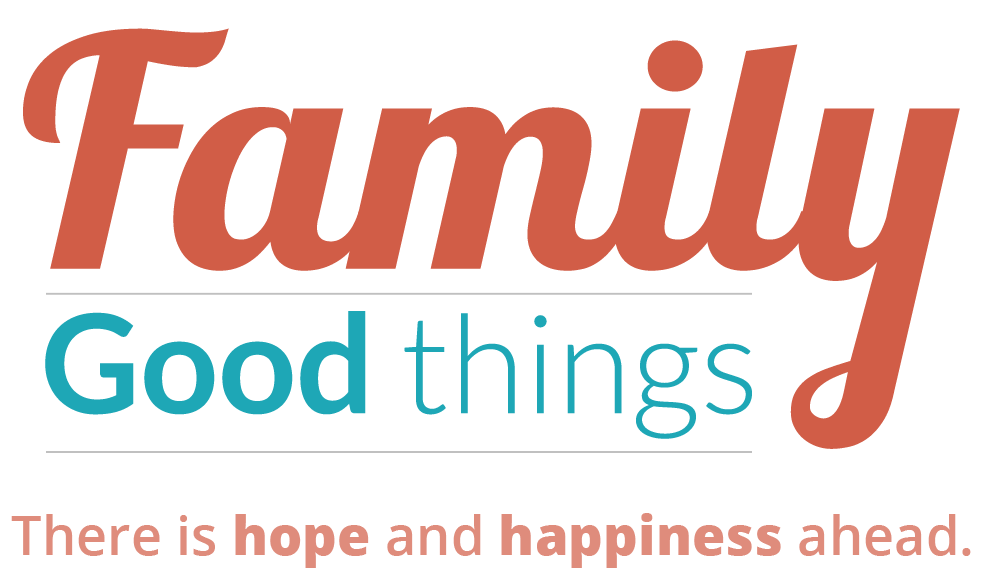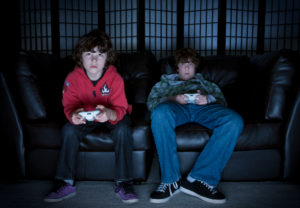
Living together sounds like a good idea, but what happens when the relationship ends? Terminating any partnership is hard, but doing so while living with someone becomes a complicated mess because your lives are intertwined. My friend Tammy moved in with her high school sweetheart shortly after graduating. Within a few years, they had two children together but never got married. Unfortunately, her partner became involved with another woman, and their cohabiting relationship came to an end. In addition to experiencing pain over the dissolution of the relationship, this created a ripple effect. Both my friend and her ex had to find a new place to live as neither could afford the rent on their own. This also meant that their children had to split their time between two homes, creating significant life changes and instability.
Unfortunately, her story is not unique. Cohabitation among couples has been on the rise. More couples are choosing to live together as a “trial run” before making a commitment to get married. As of 2018, 9% of adults ages 18 to 24, and 15% of adults ages 25 to 34 are living with a partner to whom they are not married. Since 2008, the number of cohabiting couples has risen by 12%. This is a common problem worldwide, as demonstrated by the 16% increase in cohabiting couples in the United Kingdom, from 2012 to 2022.
While many believe that cohabiting is a good way to try out the relationship to see if they should get married in the future, studies have found this may not be the case. They discovered a variety of negative impacts created by cohabitation. They found that cohabiting relationships tend to be less stable, have more conflict, have higher risks of child abuse, and are usually shorter in duration compared to marriage relationships. Additionally, individuals who are cohabiting tend to experience less satisfaction and trust in their relationship than those who are married, with 41% of cohabiting adults compared to 58% of married adults.
When a cohabiting relationship ends and children are involved, the negative impacts are even greater. One study found that children with cohabiting parents had an increased likelihood of experiencing parental breakup, which led to greater levels of externalizing behaviors, such as increased aggression and difficulty establishing and maintaining relationships. Cohabitation may create increased feelings of emotional instability for children. Another study found that adults in cohabiting relationships are more likely to engage in sexual activities with partners outside of their relationship. This increases the chances that the cohabiting relationship will dissolve as it produces a decrease in trust and satisfaction. Having unmarried, cohabiting parents can make children anxious about the future and unsure about their feelings.
If the results of cohabiting are typically negative, why are individuals still entering into this kind of relationship? One reason could be the fact that young adults now view marriage as a capstone event. It is something you do after you obtain an education and find a fulfilling career. This viewpoint could be the reason why fewer people are getting married and more are living together. Marriage is seen as less important compared to past generations. This viewpoint could turn cohabitation into a societal norm. Another reason could be a lack of knowledge. Perhaps individuals are unaware of the negative data connected to cohabitation. For example, statistics show that men and women in cohabiting relationships who have a child while in their 20s are three times more likely to end the relationship before their child turns 5 years old.
Whether or not you personally know someone in a cohabiting relationship, everyone in society is impacted in some way by these relationships. Children who experience a parental breakup are likely to experience a variety of adverse effects, such as behavioral issues, which then impact their school work, fellow students, and teachers. This could even lead to delinquent behaviors and criminal activity. Mothers in cohabiting relationships are likely to experience lower levels of relational satisfaction. This can cause stress which could spill over into other areas of their lives and negatively impact their parenting practices, which then affect their children. What happens during and after cohabiting relationships produces a ripple effect, adversely impacting individuals and societies, including you and me.
So, what can we do to combat this issue and reduce these negative impacts? A good place to start would be to educate ourselves on the negative effects of cohabitation. This could be done by gaining information from credible sources online, including this blog and other websites such as Marripedia. When people gain knowledge regarding cohabitation, they will be better able to make informed decisions. Another way is to share what you have learned regarding cohabitation with others. Even if you do not plan to cohabitate, having information on this topic is valuable to those you know. If they ever come to you seeking advice on this subject, you can share what you have learned regarding the negative impacts of cohabitation. Lastly, you can speak out and advocate for families and children by creating a support group on social media. This is a simple way to help others stay up to date on current information that can be quickly accessed and shared with a large audience. What will you do to protect families and children from experiencing these adverse effects?

My name is Shawna Trimmell and I am a Senior at Brigham Young University, Idaho. I will graduate next April with a bachelor’s degree in Marriage and Family Studies. I will also earn a certification as a family life educator. My husband Michael and I have been married for almost 19 years during which I’ve been blessed to be a stay-at-home mother to our four amazing children. I’m passionate about marriage and families and plan to pursue a career educating others on the significant impact they have on individuals and society.




